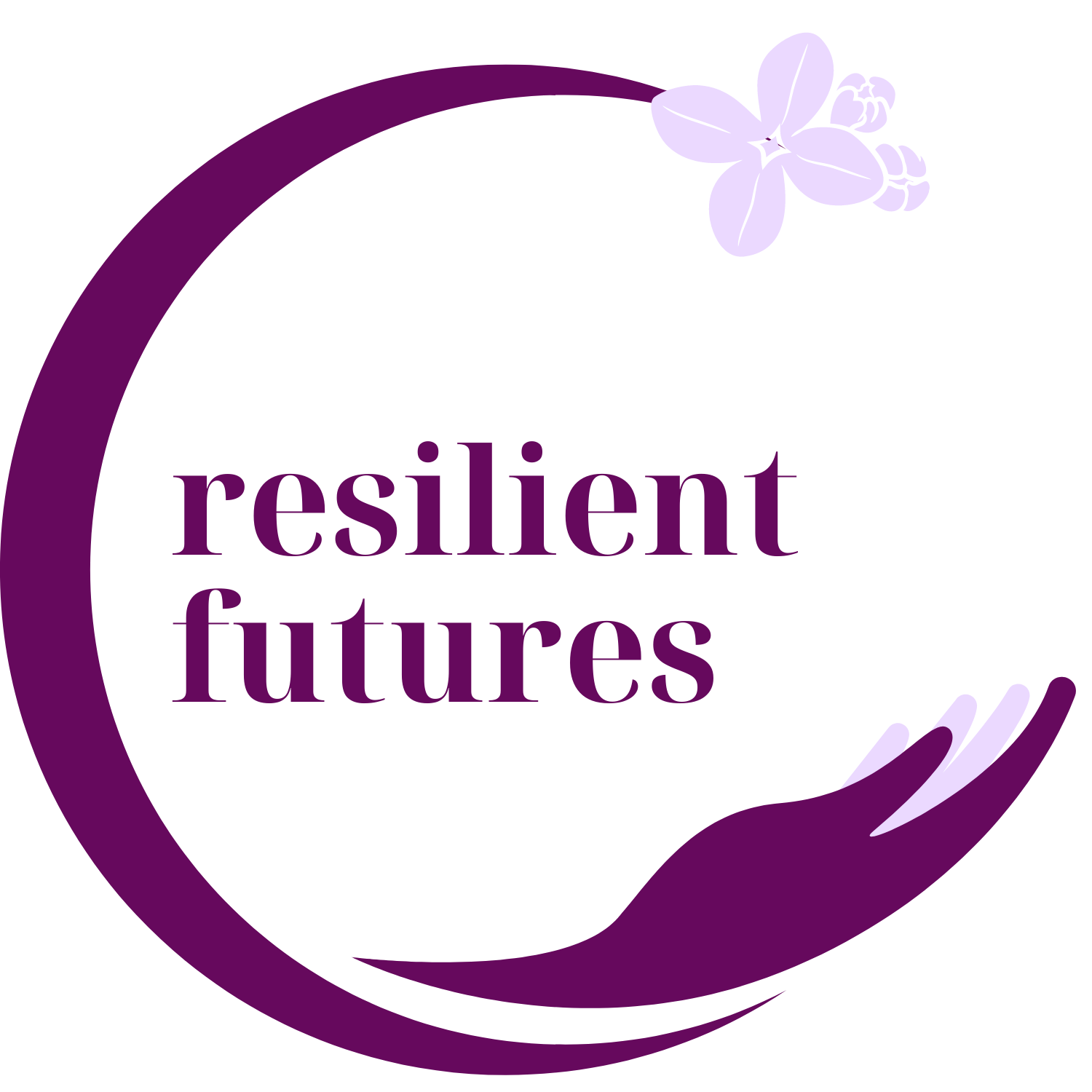Free Download: Building Community in the Classroom: A Guide to Connection Circles
Free Downloadable Guide for Educators: Connection Circles are a research-backed strategy for fostering resilience, and directly support Resilient Futures 3 C’s of Resilience. Through consistent engagement in Connection Circles, educators can deepen relationships, promote healthy communication, and create a classroom community that supports equity, emotional well-being, and academic success.
Sign up to read this post
Join Now
